The aesthetic I chose to study is best described as ‘nature fighting back’. Depictions of this aesthetic include imagery of nature flourishing despite man-made obstacles – how humanity has abandoned, neglected, or mistreated a space that was once vital to everyday life. This style was popularized by multiple forms of media, ranging from photographs, paintings, films, shows, and video games. As concern for climate change and other environmental impacts grew, it was not uncommon for movies and novels in the early 2000s to depict apocalyptic events in succession to a man-made catalyst, and how these disasters would affect humanity. An influential example would be the final scene from Planet of the Apes (1968), in which we see a crumpled and tattered Statue of Liberty washed up on the shore of a beach. What used to be an imposing statue that visitors around the world would gather, now only remains as a quarter of her body as if being pulled back into the ground she was made from. Another popular example is the overgrown highway leading into Atlanta, Georgia, which was created for the first season of The Walking Dead (2010). After an outbreak that proves fatal to the human race, the road that leads away from the city is packed with cars, while the entry has no obstructions.
This type of imagery is seen as both beautiful and foreboding. Since most people seem to be rooting for the environment, seeing nature “win” against human obstacles feels gratifying – as if no matter what we do to our planet, it will find a way to live on. The foreboding aspect stems from the feeling that the imagery is an unavoidable future – that at the same frozen moment in time, humanity is either greatly reduced or gone entirely. It mostly seems ominous when seen in a large-scale context, such as cities or villages being reclaimed by nature. Examples of this include stills from video games titled The Last of Us Part II and Uncharted: A Thief’s End, in which we see an overgrown hotel lobby and a long abandoned village peeking underneath shrubs and trees. When seen in a small-scale context, most view it as a satisfying outcome to a silent duel. A photo even titled “Nature fighting back” shows a tree engulfing a metal fence, seemingly unbothered by the unmovable barrier. Ultimately, I think that this aesthetic brings satisfaction to the viewer, while also pointing out the potential in valuing the evidence of past mistakes.
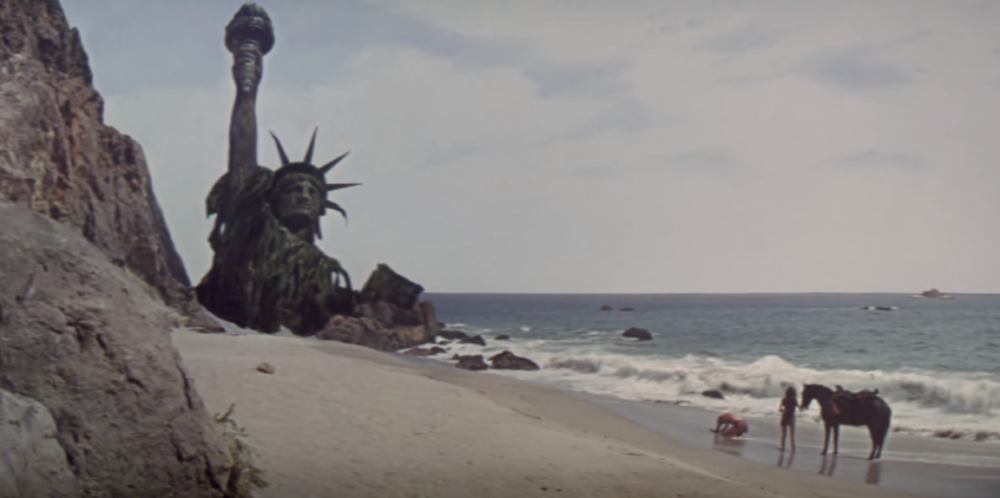
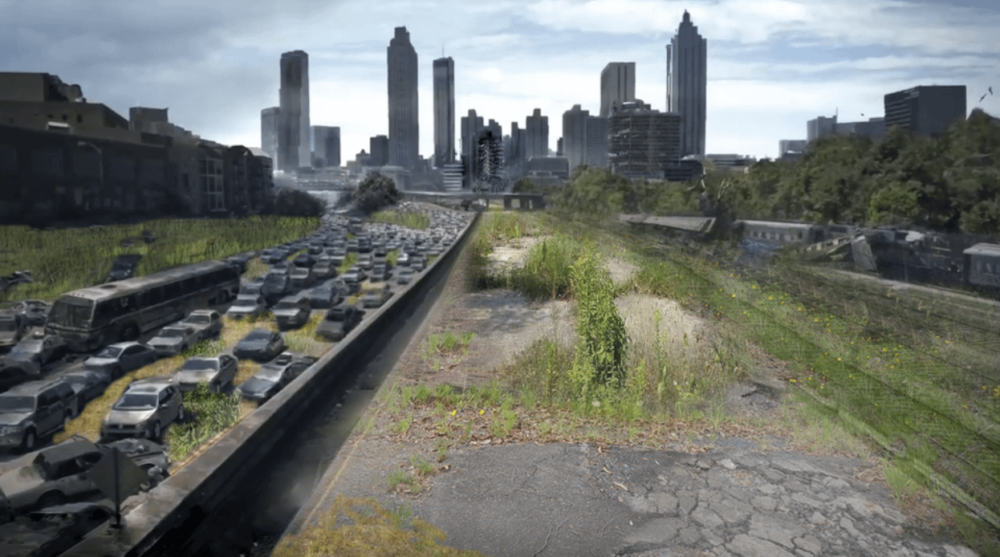
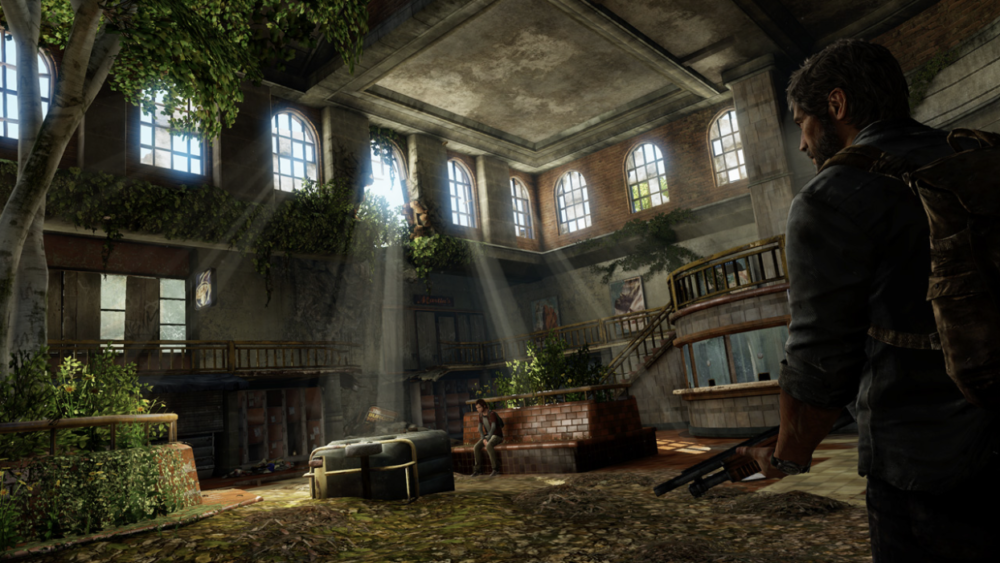
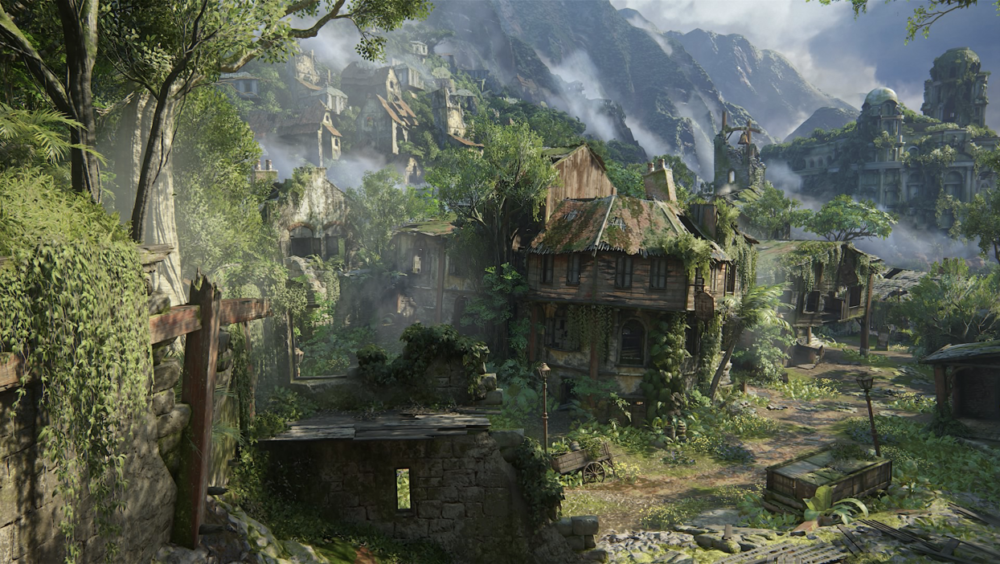
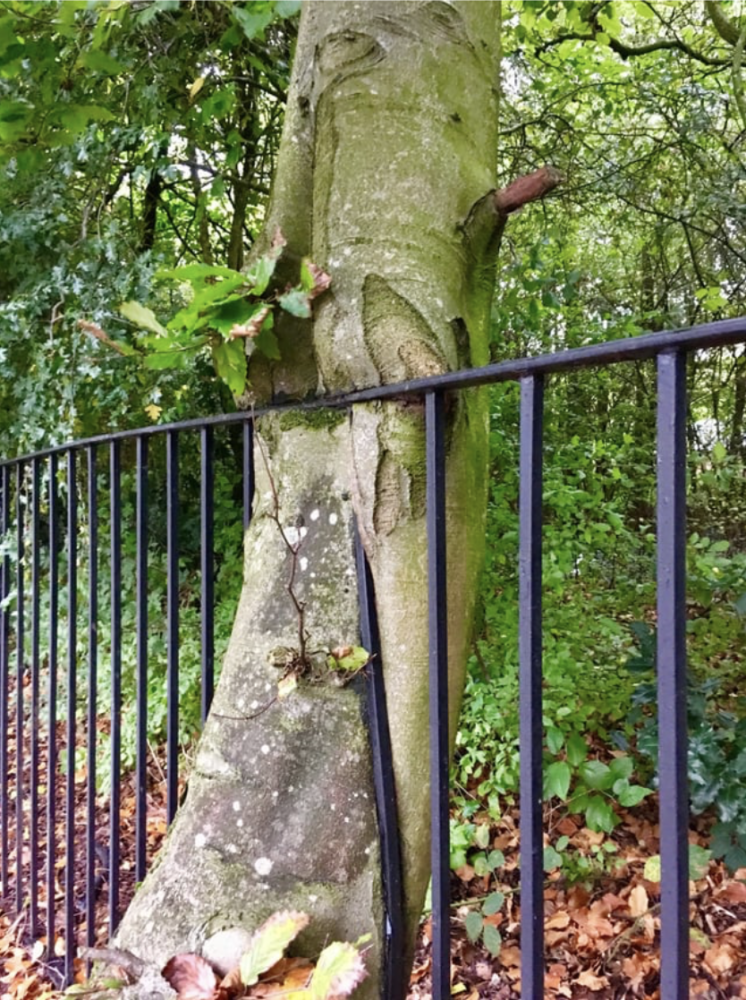

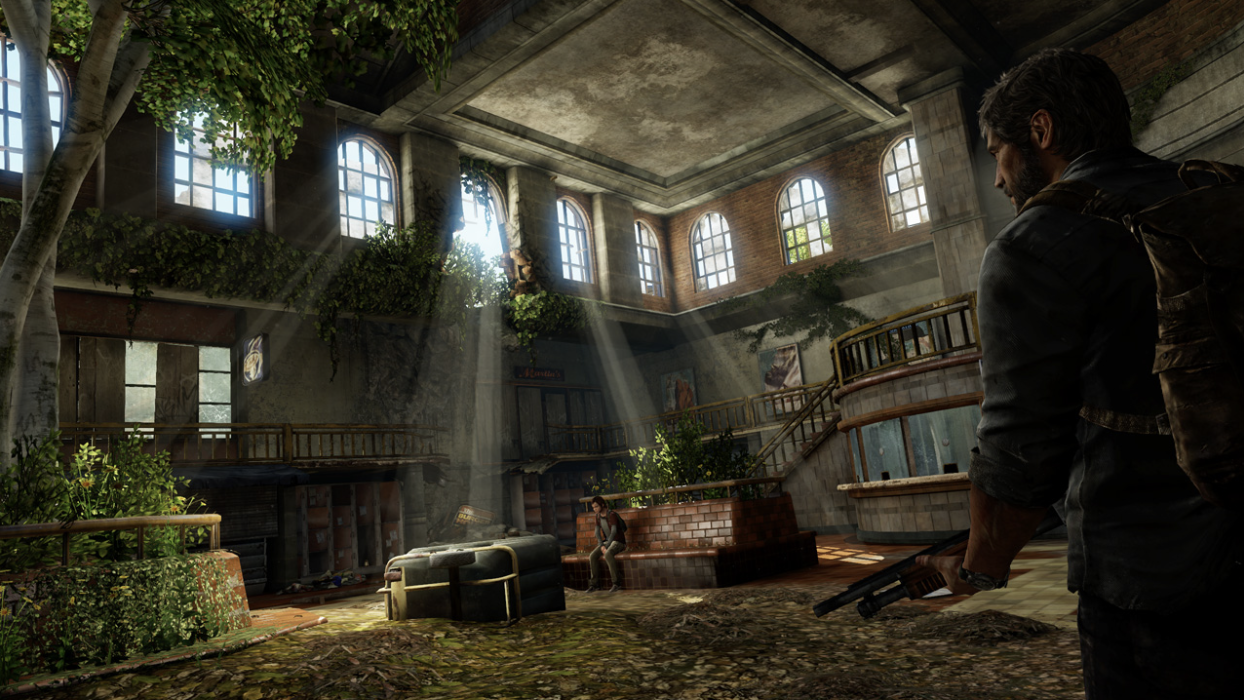
5 Comments. Leave new
I love how this aesthetic conveys post-apocalyptic energy and is used in many video games and TV shows/ Movies. I think something really interesting is how during the initial covid lockdowns we actually saw this in some regards: wild animals roaming around cities, things becoming overgrown, etc. It’s fascinating how quickly nature can reclaim something and how in regard to climate change it won’t be the earth that is gone it will be us. On a hike yesterday I noticed a barbed wire fence where one of the wires had actually grown into the tree and had been almost swallowed in a way. That reminds me a lot of this overall aesthetic and is very similar to the image you have of the tree and the fence.
I enjoy this aesthetic and agree with Sam that it is gratifying to think that no matter how bad we as a human race fault at the expense of the environment, in the end, we will return to the ash and dust of nature just like everything else. That if, we do end up having an apocalyptic end, nature will in fact take back the cities and streets that we have built on top of it. This aesthetic is cool to look at in the games and shows you mention, but can also be seen in todays world in places barred from human activity such as Chernobyl, Hiroshima, and Nagasaki, and more. There are more incredible photos of nature fighting back, which I would recommend checking out if you haven’t already.
Glad to see a fellow enjoyer of this aesthetic! I will say that I felt like I was missing examples but couldn’t put my finger on it. Real life cities such as the ones you mention are an amazing example of man-made structures succumbing to disaster, and ultimately to nature as well. Even abandoned suburbs can evoke the same kind of reaction.
I love the duality of emotions that this aesthetic conveys. The simple start of the intimidation that humanity is now gone as well as the refreshing start of a new beginning. I know that this aesthetic is very prominent in movies and videogames, however I was wondering what your thoughts are on the impact that AI art will have on these types of scenes. Do you think that AI art will expand the aesthetic or perhaps even evolve it?
Thank you for the feedback, Ethan! To me, AI art has sparked an entirely new commentary on what art is, and how its value ties in to the artist themselves. I think it would be very ironic that extremely complicated technology would be creating this type of imagery, as if they too are predicting an unavoidable future. I do believe that AI would evolve this aesthetic, but I also believe AI art is going to evolve the whole medium in general.